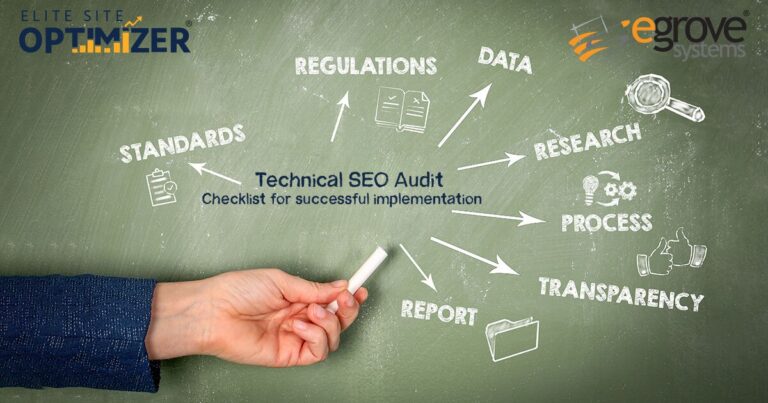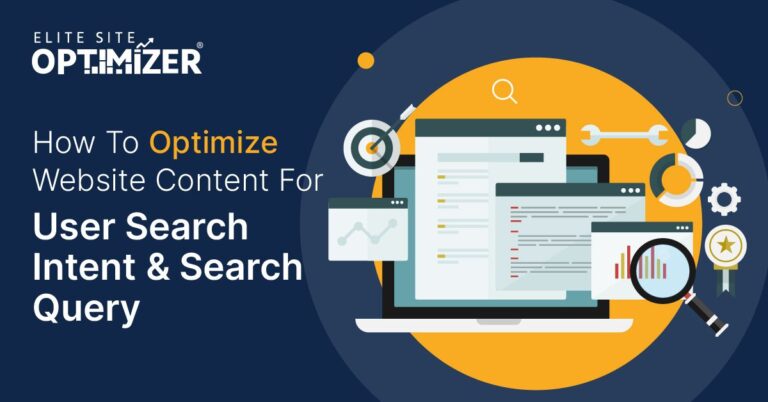With rising competition in the online marketplace, planning the appropriate organic SEO tactics is of utmost importance. An SEO strategy can make or break a business, so you must do it right!
You have decided to upgrade your website’s experience to a faster and more mobile-friendly version. Pat you back for your excellent decision! We understand the pain of building another website and transferring your files to this new database without hampering your rankings.
But here we are at your rescue! We want you to start it right by avoiding the possible mistakes people often make while migrating to a new eCommerce portal. Read on to learn about eliminating errors to boost your SERP rankings.
What is Website Migration and Why is it Important?
A website migration is a process of redirecting your old web pages to new ones, that is, by moving from one environment to another. This is usually done to minimize the old website’s negative impact on search engine rankings.
eCommerce website migration can boost your rankings as the search engine finds your site as providing value to the visitors. However, not migrating to a new environment or doing it incorrectly may cost you your site rankings and organic traffic, thus leading to significant business loss.
If you don’t do your website migration right, Google’s users will still be able to see those old web page links, and by clicking on those, they will meet a dead end, wondering where to go next! As a result, it reduces your website’s value, thus decreasing your rankings. Moreover, you would have lost so many potential customers.
So, while strategizing your eCommerce website migration tasks, ensure your customers find your new online store rather than landing on those dead links! Besides, dead links can affect your conversion rates and overall business reputation.
In short, by migrating your website, visitors can still find your new website from your old links, so there would be no traffic loss. Moreover, from an SEO perspective, your brand image and website authority are carried over to this new environment, and you don’t need to rebuild your site’s SEO value from scratch.
Read also:-10 Intriguing Local SEO tips from experts
Top 5 SEO Mistakes You Should Avoid During eCommerce Website Migration
While there are numerous advantages of website migration, it has some downsides too. For example, the entire data-shifting task can sometimes be messy and may seem way more time-consuming and complicated than expected. Although it depends on the size of your website and the amount of data that needs to be migrated, you need to handle a website migration process with care.
The best decision would be to hire a professional SEO team who can handle data migration tasks without giving you a headache. However, ensure to avoid making these mistakes during the shifting process to keep your site’s rankings intact and work towards improving them.
Mistake 1: You did not consider keeping your original domain name
If you change your domain name, that would be a major blunder! You have built your brand identity using your current domain name, and people have already registered that name in their minds, especially when you have established a good name in your market. So, starting over is a big ‘NO, NO!’ You cannot afford to lose everything you have invested all these years!
But if you absolutely have to change domains, try the following:-
- You know the exact amount of traffic you will be losing, as you can never recover your lost traffic after switching domains.
- Consult an SEO agency before changing URLs to determine whether other solutions exist apart from acquiring a new domain name.
- Don’t abandon the keywords you used to rank for on the search results.
- Focus on creating high-quality content to rank higher and regain your lost traffic.
Mistake 2: You didn’t back up your data
Backing up all your vital website data is necessary to avoid mishaps and maintain business continuity. You will still have your old files intact in case a disaster happens. If you miss this step, it may cause delays and business loss while focusing on fixing the problems. It is a painful experience to restore all your data, and in many cases, you may need to start from scratch!
Mistake 3: You didn’t double-check all your URLs
This is a crucial step, especially considering website migration’s complexities. You will need to handle many moving parts, including changing URLs, updating website content, updating metadata, modifying or optimizing your media, and so on. In short, you need to take care of the smallest things to avoid serious issues in the long run.
So, to avoid a mess, make sure to:-
- Double-check all your web page URLs
- Your website migration software is updated
- Test everything before going live!
Mistake 4: You are tempted to delete your old site
No, don’t delete your old site immediately after your new website is up and running! As mentioned above, your customers can still visit your newly launched site from your old links, provided you have done your SEO right. Keep your old site to ensure you have completely transferred all your content and data.
Besides, there is still a lot to be done with your old website, so avoid putting it down! Instead, you can simply put the previous site on your hard drive and rename the directory to avoid confusion. Also, keeping the old site live will ensure you don’t lose another potential customer due to dead links, as the old links will redirect them to your current site.
Mistake 5: You are scheduling your website migration when your traffic is the highest
There may be seasonal sales when your website traffic remains the highest. So, avoid migrating your website during this time, as it may hamper customer experience, thus causing business loss due to lower traffic. So, the best time would be the lowest traffic days, depending on your target market.
Keep in mind the peak times due to seasonal sales (of that particular location), such as Christmas, Black Friday, or Cyber Monday. Also, reports say there is a noticeable drop in foot traffic during the post-holiday months, especially in January, when most shoppers receive their credit card bills. Do a quick check of your previous website analytics using an SEO tool to check your customer buying patterns over the years. The low-sale months are the best time for scheduling a website migration.
Final Words
In conclusion, even if you are hiring a professional team, discuss the above points to avoid making any mistakes that may cost your business! The last thing you want is to lose your rankings and customers due to errors made during site migration.
Therefore, to have an error-free and seamless site migration, avoid the mistakes mentioned above. Instead, focus on improving your rankings and conversion rates rather than wasting your resources correcting errors you may have caused during migration.







